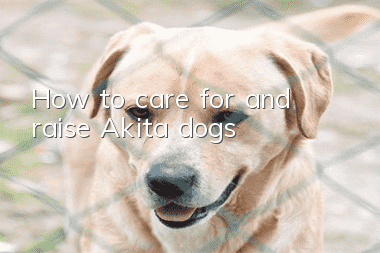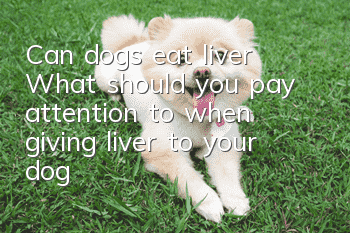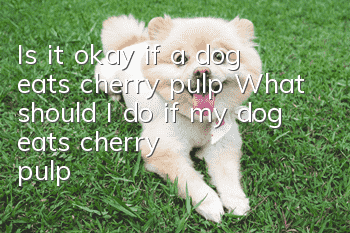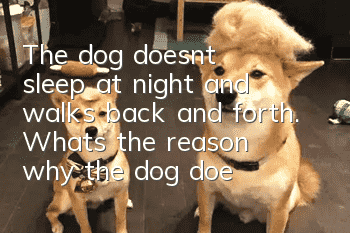How to care for and raise Akita dogs

How to raise an Akita dog. The Akita was originally a hunting dog and was later improved into a large Japanese dog. The Akita Inu is Japanese because its place of origin is in Akita Prefecture, Japan, so its name was born. It belongs to the sharp-beaked dog category. It has great strength and is very strong. It is one of the breeds that likes sports very much. In Japan, it is used as a fire alarm dog. Around the world, it is used as a fire alarm dog. Now it has become a part of the family dog and is loved by people.
Feeding of Akita puppies Since the gastrointestinal digestion ability of Akita puppies is weak, the food should contain as little fiber as possible and should be soft to facilitate their digestion. Generally within 3 to 4 months, it is appropriate to eat porridge-like food or dry food soaked in water.
What needs to be pointed out in particular is that Akita puppies eating milk can easily cause diarrhea. Because the ingredients in cow's milk and dog's milk are very different. The protein content of canine mother's milk is high, which is three times that of cow's milk. It is a kind of milk with high protein, high fat and low lactose, while the opposite is true for cow's milk. Therefore, if the milk or food fed to Akita puppies contains a large amount of high sugar, the enzymes that digest lactose in the intestines are insufficient (genetic factors), which will lead to fermentation in the intestines and cause diarrhea. Puppies before three months old should be fed four times a day; puppies between three and six months old should be fed three times a day; puppies after six months should be fed twice a day.
Breeding of elderly Akita dogs
Some Akita dogs’ digestive systems will decline as they age. At this time, elderly Akita dogs cannot fully absorb all nutrients and will lose weight. In this case, they are suitable for eating more meals and less meals. Some highly nutritious, tasty, and easily digestible foods are ideal.
Adult Akita dogs can be fed once a day. Pay attention to calcium and trace element supplements during growth. If you want your fur to look good, you can eat fur-beautifying foods.
Akita dog grooming steps
Tools needed: scraper, pin brush and coarse-tooth comb.
Grooming points: Use a bristle brush to comb and guide the puppy to receive grooming.
Use a pin brush or scraper to brush the entire body of your Akita dog.
The inner hair of Akita dogs cannot be removed, but it can be detangled and trimmed with a metal comb.
Use a high-quality, neutral, natural shampoo.
Wipe off water with a towel or air dry naturally.
Check the Akita's toes, ears and teeth.
Excess hair between the toes of Akita dogs on display should be cleaned frequently to enhance the compact appearance.
Notes
The hair quality of Akita dogs cannot provide too much fat ratio in the diet. Research in Akita, Japan shows that the intake should not exceed 5%!
The Akita dog’s constitution is slightly acidic, so attention should be paid to providing acid in the diet.The amount of sexual food should not be too much. Meat and beans are acidic foods.
Not specifically for Akita dogs, in general, dogs can absorb rice the most easily in terms of grains. Vegetables are not easy to digest for dogs, so they usually have to be finely chopped when added to the diet. Crushed to help dogs absorb its nutrients.
Recommended Good Things
Aineng Pet Odor Eliminating Disinfectant can effectively remove body odor/feces odor and other odor molecules! Effectively treats skin diseases caused byfungi/bacteria! Can killparvovirus/canine distemper virus/coronavirusetc.!
It is edible grade for pets, does not contain fragrances, does not contain chemicals, can be sprayed directly, and is harmless to human pets!
Consultation:13028809308 (WeChat synchronization)
Scan the QR code on WeChat to enter the purchase
- How to treat urinary tract stones in dogs? Dogs may need surgery!
- What should I do if my dog has no milk? The owner should check quickly and don’t let the puppies starve to death.
- Dog’s anal gland odor, please note that this is a sign of your dog’s health!
- What are the symptoms of dog pain? How to detect dog pain early
- How to make your dog like to eat dog food Four ways to make your dog fall in love with dog food
- Can dogs digest peach pits if they eat them? Can dogs digest peach pits if they accidentally eat them?
- How to protect your dog’s food? Teach you tips on training your dog
- Why do dogs defecate everywhere? How can dogs stop defecating everywhere?
- What should I do if my dog has lupus? Immune system diseases should not be underestimated
- If your dog's hair is cut and the skin is cut, the flesh is exposed. If the dog's hair is accidentally cut and the skin is cut, it must be disinfected immediately.



